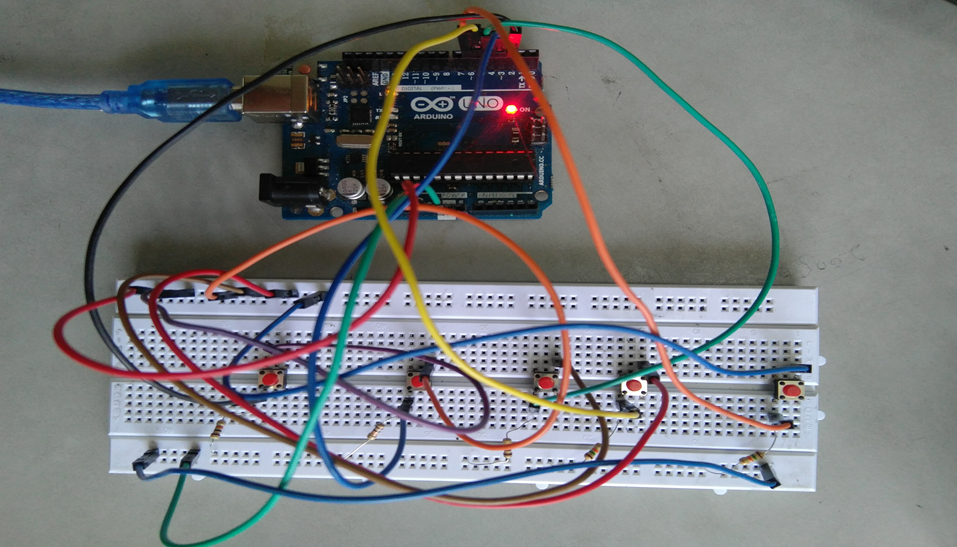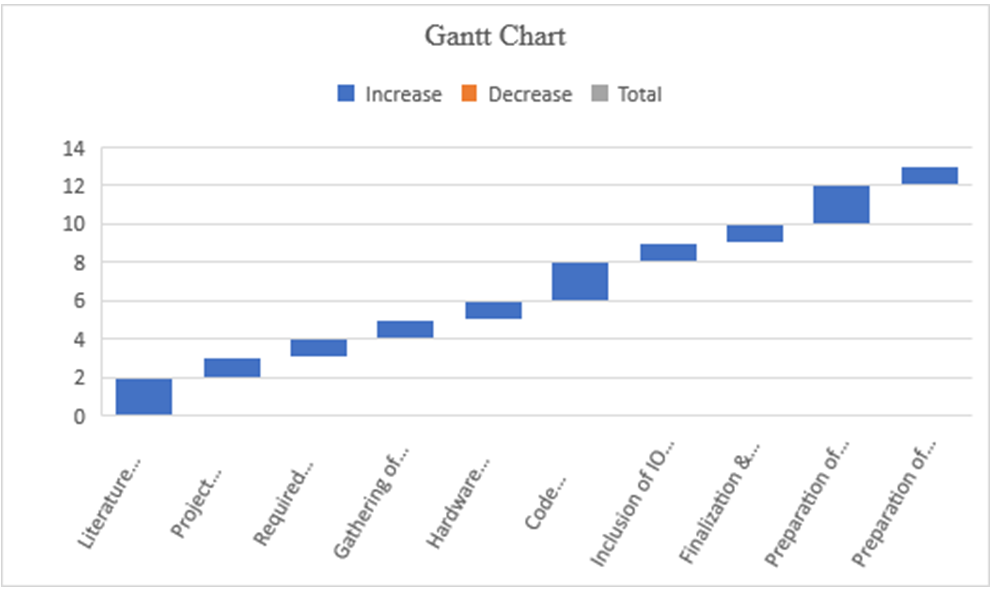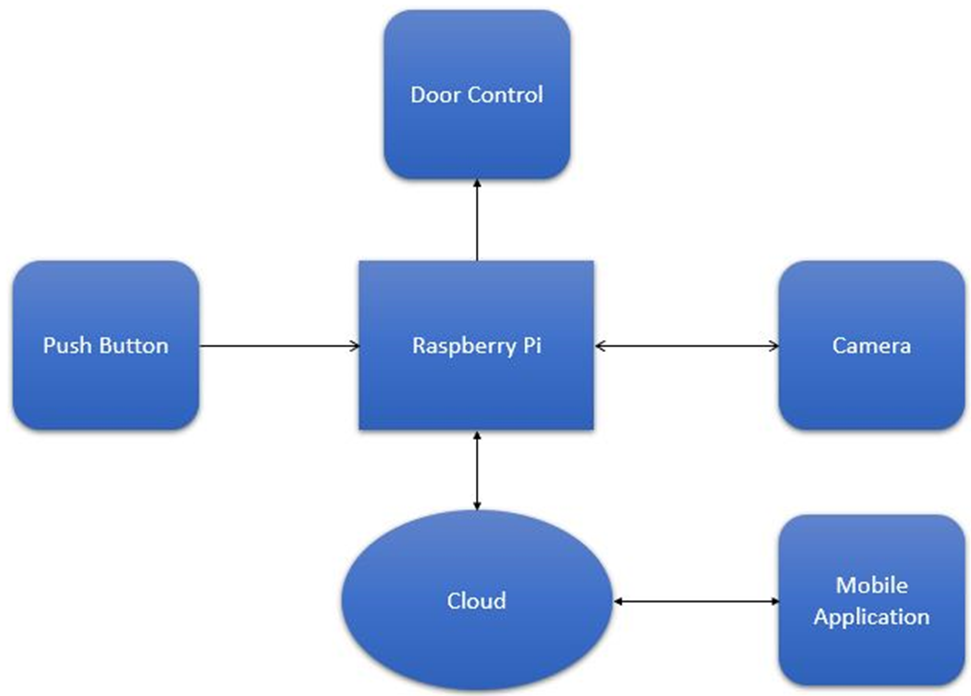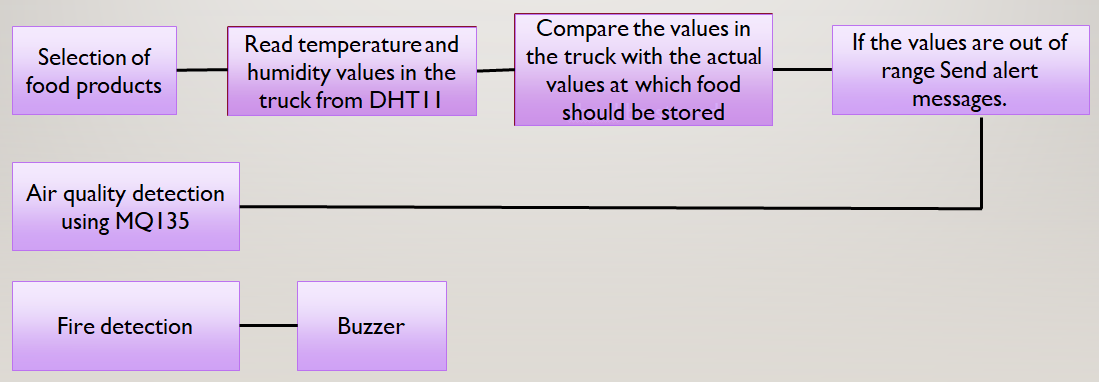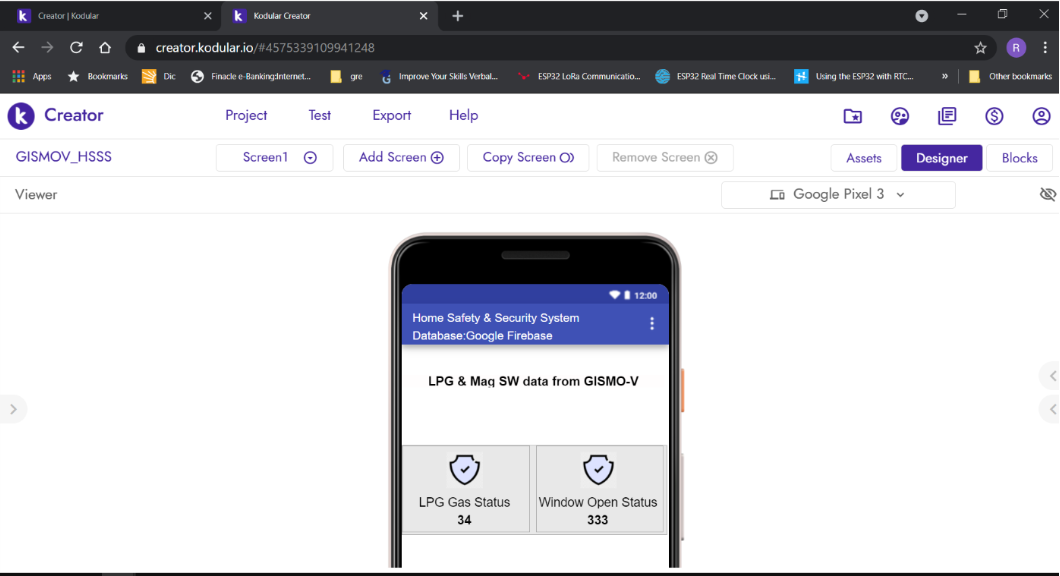INTRODUCTION
- Many automotive manufacturers are now moving towards an IoT platform for manufacturing and for service purposes.
- The main advantages of using IoT in cars are Optimized maintenance and logistics.
- Our idea is to monitor vehicle status (fuel, efficiency/Km, battery, oil levels, etc..,.) to the customer as well as the manufacturer.
CONCEPT
- The main aim of every car manufacturer is to increase the life of the car and it’s crucial to maintain the car in a good condition to achieve it.
- Many problems in vehicles arise due to improper maintenance. Many lose track of their service status and it’s a tiring process to keep in touch with every customer in a large automotive industry.
- If we maintain a system, that automatically updates the vehicle’s conditions periodically to a specified server, and the system will generate a report, that will be forwarded to the customer and the service team, a lot of manual work will be removed.
- We as a team provide an IoT solution for vehicle maintenance and report generation system.
FLOW DIAGRAM-FUNCTIONAL DECOMPOSITION
- Our Vehicle Maintenance and Report Generation system collects data from the sensors available in the car itself and reports it to a transceiver module(ESP8266) which is connected to a database in the cloud.
- when new data is updated/inserted into the table an event is triggered. This event updates the information in the dashboard, which will be displayed to the customer and manufacturer.
- Then a weekly/monthly/yearly report generation event is triggered, which will mail the report to the specified recipient.
FUNCTIONAL DECOMPOSITION
Data collection:
The data is collected from the sensor stream of the car. This data is redirected to the ESP8266 module. The ESP8266 is connected to the server, that is allotted to the car. The ESP8266, when all data is collected, converts it into a JSON file. Then the server sends a post request to the server.
Event trigger:
Many database servers provide pl/SQL-based triggers. Here an Update and Insert trigger is created for the table. Oracle server provides a wide range of PL/SQL functions. The IP of ESP8266 is connected to the oracle server, which on periodic updates in the table triggers an event.
Dashboard:
The dashboard is created using HTML and CSS and deployed in the cloud using the NODE JS framework.
FUNCTIONAL SPECIFICATION
Hardware:
ESP8266 CP2101 module(CAR)
ESP8266 CP2101 module(HOME)
Programming Language:
SQL
Javascript (Node JS)
C++(Arduino .ino)
HTML CSS
Dashboard
The Vehicle Maintenance and Report Generation System dashboard are developed using Adafruit.io. This website provides dashboard development for MQTT-based devices

